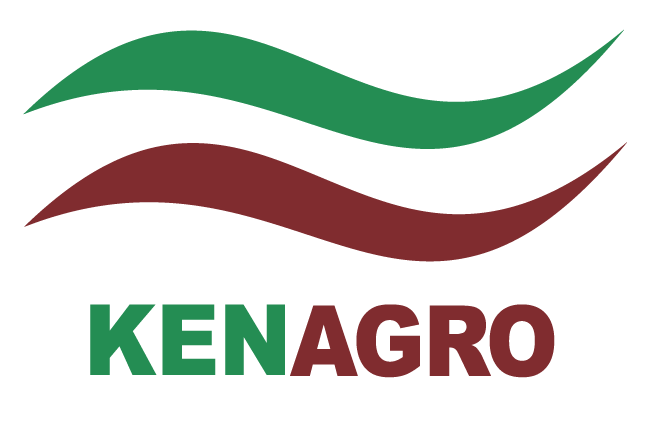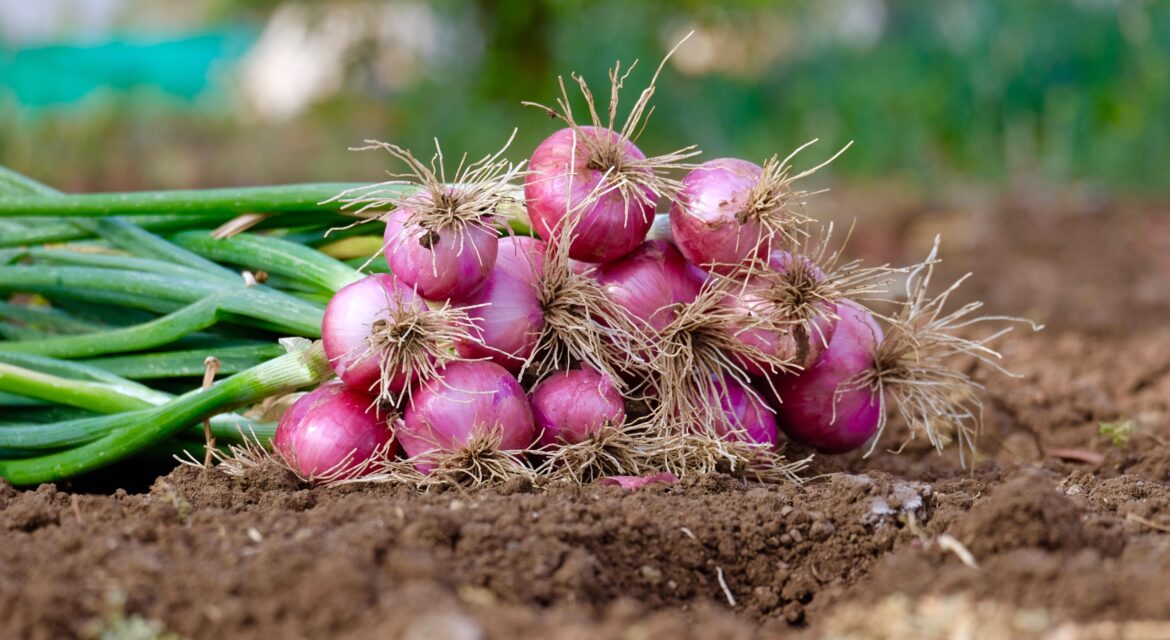Onion farming in Kenya is a profitable venture for smallholder and commercial farmers due to high demand in both local and regional markets. Grown in areas such as Kajiado, Meru, Nakuru, Nyeri, and Narok.
Onions are a key ingredient in Kenyan households and food businesses.
With proper planning and good agricultural practices, farmers can achieve high yields and consistent income from onion cultivation.
This guide outlines essential steps for successful onion production in Kenya.
1. Crop Selection and Planning
Selecting the right onion varieties is the first step toward successful farming. Choose certified seeds suitable for your region’s climate and market preferences. Popular onion varieties in Kenya include:
- Red Creole – Early maturing, drought-tolerant
- Texas Grano – Large bulbs, suitable for irrigation
- Jambar F1 – High-yielding hybrid, preferred by commercial farmers
Plan planting according to seasons:
- Rain-fed onions are planted at the beginning of the long rains (March–April).
- Irrigated onions can be grown throughout the year with controlled water supply.
Evaluate your available land, resources, and market demand before committing acreage.
2. Soil and Climate Requirements
Onions thrive in well-drained sandy loam soils with good fertility and a pH of 6.0–6.8. Avoid heavy clay soils and waterlogged areas, as this hinder bulb formation.
The ideal climate for onion farming in Kenya includes:
- Temperatures: 13°C to 30°C
- Rainfall: Moderate and well-distributed (400–800 mm annually)
Regions with dry periods during bulb formation enhance quality and storability.
3. Land Preparation and Planting Techniques
Prepare land thoroughly by ploughing and harrowing to achieve a fine tilth.
Steps to follow:
- Raise nursery beds for seedling production: about 1 meter wide and 10–15 cm high.
- Sow seeds in the nursery and transplant seedlings after 6–8 weeks when they are 15 cm tall.
- Spacing: 30 cm between rows and 8–10 cm between plants.
- Apply basal fertilizers like DAP or compost during transplanting to support root development.
4. Crop Management (Irrigation, Fertilization, Weeding)
Irrigation:
Consistent watering is crucial, especially during dry seasons. Onions need:
- Frequent watering during early growth
- Reduced irrigation during bulb maturity to avoid rotting
Fertilization:
- Apply top-dressing fertilizers such as CAN or NPK after establishment
- Conduct soil tests to determine nutrient deficiencies
Weeding:
- Keep fields weed-free, especially in the first 6 weeks
Manual or shallow hoeing is recommended to avoid damaging shallow roots
5. Pest and Disease Control
Common pests:
- Thrips
- Cutworms
- Onion flies
Diseases:
- Downy mildew
- Purple blotch
- Neck rot
Control measures:
- Use certified, disease-free seeds
- Practice crop rotation
- Apply fungicides and insecticides as recommended
- Ensure proper spacing and ventilation
6. Harvesting and Post-Harvest Handling
Onions are ready for harvest when:
- Leaves start yellowing and falling over
- Neck tissue softens
Steps:
- Gently uproot and cure onions under shade for 7–14 days
- Trim roots and necks, and sort for market or storage
- Ensure onions are dry before storage to prevent rotting
Store in well-ventilated, dry facilities
7. Marketing and Value Addition
There’s strong demand for onions in Kenyan markets throughout the year.
Marketing tips:
- Sell to wholesalers, retailers, institutions, and through farmers’ cooperatives
- Explore value addition through dried onions, onion powder, or pre-packed onions
Plan planting and harvesting to target off-peak periods when prices are high
8. Farm Business and Record Keeping
Treat your onion farm as a business:
- Keep detailed records of inputs, labour, yields, and income
- Analyse costs and profitability to improve efficiency
- Access financial services such as loans, SACCOs, or crop insurance
- Engage with extension services and Agri-tech tools for market information and farm support
Unlocking the Potential of Onion Farming in Kenya
Onion farming in Kenya presents a lucrative opportunity for farmers ready to invest in good agricultural practices.
By selecting the right onion varieties, managing water and nutrients effectively, and protecting crops from pests and diseases, farmers can achieve high onion yields and tap into growing market demand.
With proper harvesting, storage, and marketing strategies, onion production can become a sustainable and profitable agribusiness across Kenya.




